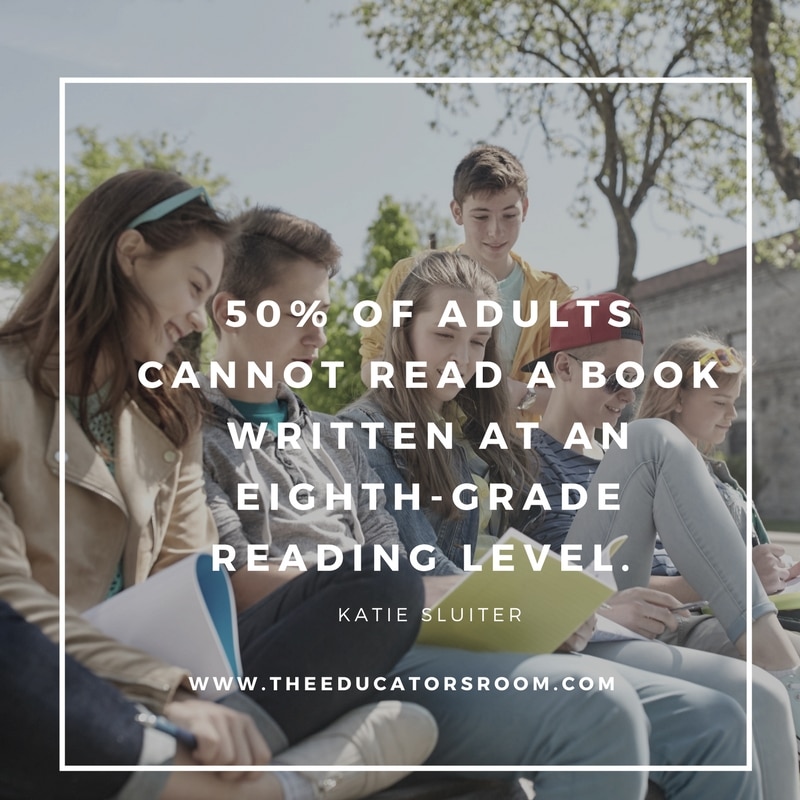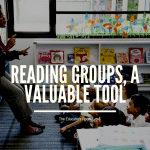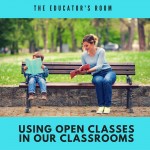Teaching how to read used to be considered the job of elementary teachers. They would teach the students to read; secondary teachers would teach students literature assuming students know how to read it. However, it has become clear that teaching students how to read doesn’t end when students enter junior high school. In fact, since 50% of adults cannot read a book written at an eighth-grade reading level, we clearly need to be doing more direct reading instruction at the secondary level like The Literacy Project. This means the teaching of reading isn’t just for elementary teachers…or just for ELA teachers…anymore.
[bctt tweet=”It has become clear that teaching students how to read doesn’t end when students enter junior high school” username=”EducatorsRoom”]
How do we start? Where do we begin? Below are six titles that have changed the way I teach reading in my classes. I have taught 8th through 12th grade ELA and all of my curriculum and lessons have been informed by these texts in some way.
When Kids Can’t Read, What Teachers Can Do: A Guide for Teachers 6-12 by Kylene Beers (2003)
I teach in a Title 1, urban school district where almost 90% of our students are on free/reduced lunch. All studies show that the higher the poverty level, the lower the reading levels, but all schools have kids who struggle with reading and yet get passed along. This book has helped me with everything from identifying exactly where my students struggle, what strategies they need to be taught, and how to teach them. It offers guidance on teaching inferences as well as before, during, and after reading strategies. Because I use a Reader’s Workshop approach in my classroom, I also found the chapter about choosing the right book helpful for teaching my students how to not wander aimlessly among book shelves, but to find the right book. Many of these chapters are applicable to non-ELA courses.
Book Love by Penny Kittle (2013) and The Book Whisperer by Donalyn Miller (2009)
When I first decided to transform my classroom into a Reader’s Workshop, these two titles were instrumental in the process. Both books give loads of tips on structuring a successful Reader’s Workshop model in the classroom: Kittle’s focuses on high school and Miller’s on middle school. They have advice on everything from building and organizing a classroom library to how to do reading conferences with students. There are even chapters on assessing and responding. My copies of these two books are dog-eared and well-worn from constant reference and re-reading.
Reading Unbound: Why Kids Need to Read What they Want–and Why We Should Let Them by Jeffrey Wilhelm (2013)
If Kittle and Miller’s books aren’t enough to convince you that students need choice, this text by Dr. Jeffrey Wilhem provides solid research that doesn’t just justify choice, but proves it is a social justice issue. This book examines the types of pleasure adolescents experience through reading, and what genres teens most enjoy and how their connections to those genres and their choice of book tie to the Common Core State Standards for teaching reading and literature. It also provides advice on how to make pleasure reading more of a central focus in our classrooms and how we teach reading.
Reading Ladders: Leading Students from Where They Are to Where We’d Like Them To Be by Teri S. Lesesne (2010)
Once I got my Reader’s Workshop in full swing, I started to realize that I had students who would just stick at a certain book or level–for example that one kid who read every Diary of a Wimpy Kid book over and over all year because he didn’t want to have to pick something new. Lesesne’s book focuses on “vertical reading” or how to get kids to choose more and more challenging texts. It is also filled with strategies for leading kids to higher critical thinking skills so they can handle the next level book. The tips in this book are key to teaching reading not just to struggling readers, but to adept readers as well.
Deeper Reading: Comprehending Challenging Texts, 4-12 by Kelly Gallagher (2004)
Gallagher challenges teachers to actually teach reading rather than just assign it. He provides wonderful examples of the difference between surface reading and deep reading and how we can help our students achieve a deeper understanding of any texts, but particularly challenging texts. I use his scaffolding techniques with full-class novels and then begin to take away those supports as students become stronger readers and have them use the strategies with their own choice books.
There are many other professional texts that I have read and loved over the years, but these six are the ones that I come back to and have influenced my teaching and curriculum. What other books would you suggest for teaching reading at the secondary level?








Hi, my name is Jordan. I am going to be teaching 8th grade for the first time this year after teaching high school for many years. Do you have a list of 8th grade appropriate books for entering 8th graders and advanced 8th graders? I’m trying to find a list on the internet but they seem so old and they don’t include current young adult or adolescent Books. Thank you, Jordan
Try searching Teen Awards
Teen Choice Awards